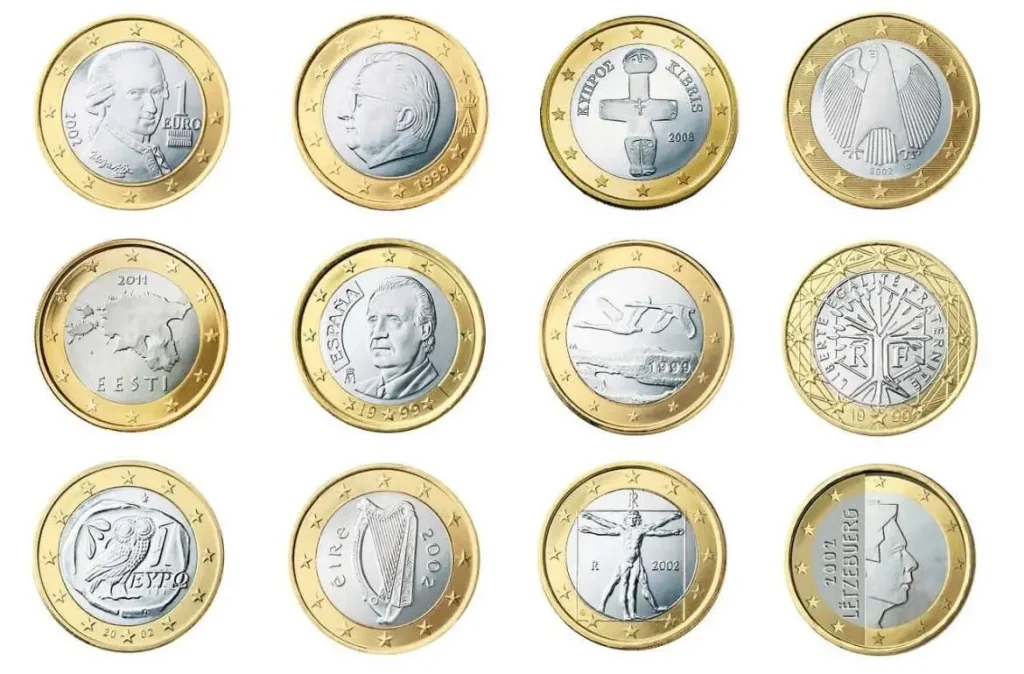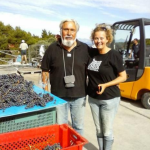The issue of interest rates on household loans in the coming period has come to the front burner, alongside expectations of the start of the normalisation of the European Central Bank’s monetary policy amidst the rise in inflation. Holders of loans with variable interest rates are particularly interested in future developments.
At the same time, Croatia is making preparations for joining the euro area, which is likely to happen in early 2023.
The euro changeover is expected to have a positive impact on the price of money and loan interest rates, as the euro adoption will lead to the reduction of risk premium in Croatia. The Fitch ratings agency has said that the introduction of the euro in Croatia as the sole legal tender will raise the country’s credit rating by two notches and consequently lead to a drop in the risk premium and interest rates.
Currently, commercial lenders in Croatia already offer lower interest rates for euro-indexed loans compared to loans denominated in the national currency, the kuna. Moreover, interest rates on newly approved euro and kuna loans are very close.
The data provided by the Croatian National Bank (HNB) shows that the average interest rate on the kuna mortgages approved in August was 2.86%, while the euro loans, issued at the same time, had the average interest rate of 2.71%.
A small difference between the interest rates is to a considerable extent a consequence of Croatia’s progress towards euro area membership, the HNB says.
Switching to the euro also means that there is no longer an exchange rate risk for loan holders, and this risk has to date been expressed in higher loan interest rates.
This August, a total of HRK 141 billion was placed in household loans. Of them, 39% were approved at variable interest rates, 8% were loans with fixed rates over a period of up to three years, 15% were loans with fixed rates over a period longer than three years and shorter than loan maturity, and 38% were loans with fixed interest rates.
At the end of August, the kuna loans totalled HRK 78 billion, and 33% of them had variable interest rates, 52% had fixed interest rates, and 5% had interest rates fixed up to three years, 10% were with interest rates fixed for a period longer than three years and shorter than loan maturity.
The conversion of loans after the country’s admission to the euro area will be regulated in detail by a law on the euro, which is being prepared and is expected to be adopted in the first half of 2022, according to the HNB.










